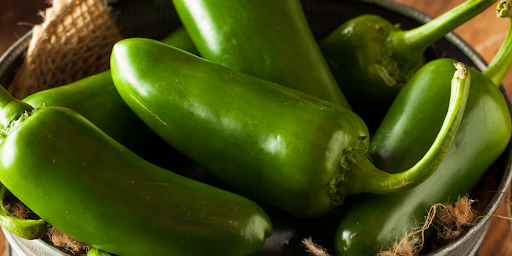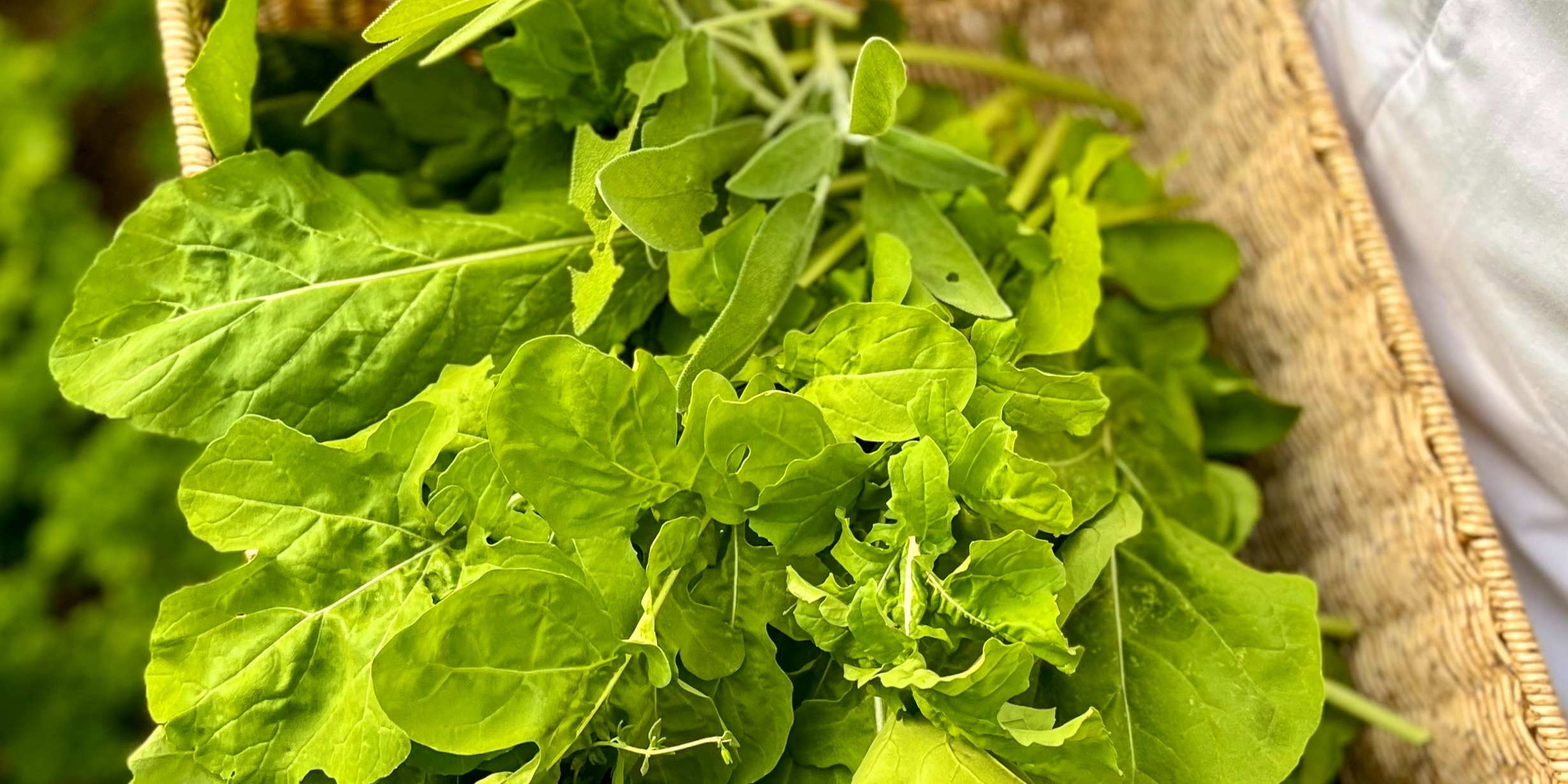What on Earth is THAT? | Costa Rican Veggies, Part 2

Now that we’ve gotten that out of the way, we can move on to talking about some of the more unusual, iconic Costa Rican veggies that you might come across in the local market. It really is quite an adventure visiting your local feria, walking through the stalls, and seeing all the strangely shaped produce.
If your Spanish is up to the task, you can spend hours exploring, and asking questions. In some cases, the vendors will even give you tasters, so you can try things out, which is always fun!
So without further ado, let’s explore some of the colorful and delicious Costa Rican vegetables!

Plantain
Description: looks just like a banana, but can get quite a bit larger
Flavor: tastes quite a bit like a banana as well, except when eaten green they are not as sweet
Use: deep-fried, mashed, baked, dried and eaten as chips
Plantains are a staple of the Costa Rican diet. They are more savory than the bananas I’m more used to, so they are often used as a side dish here, or as the basis for many recipes. In fact, you can head over to our Flavours of Costa Rica post for some great recipes!
One very common recipe for plantains uses them when they are ripe/ They are fried until soft and caramelized, which naturally produces a rich syrup. They are then known as maduros.


Chayote (merliton or choko)
Description: A green lumpy gourd, usually pear-shaped, with sections running lengthwise. They are easily identifiable by the strange pucker on one end that looks like a frog’s mouth.
The inner flesh is white with one large flat pit, the texture is a cross between a potato and a cucumber.
Flavor: chayote has a rather mild flavor when cooked. Raw chayote is tough and a bit bitter, so it is generally marinated with lemon or lime juice
Use: raw (marinated) in salads or salsas, or cooked and used much like summer squash would be
I have mentioned chayote before in the Flavours of Costa Rica post. In that case, it was used in picadillo and was delicious as a sweet, savory addition to a Costa Rican classic.
It’s interesting to note that all of the chayote plant is edible, not just the vegetable itself. The tubers are used as a root vegetable in soups and stew, and the stems and leaves can be used as salad greens.

Ayote (calabaza)
Description: oblong and dark green, it will get spotty, lighter-colored stripes as it ripens
Flavor: a pleasant, mild flavor, much like the squash found in North America
Use: cooked and used as a side dish or diced and added to picadillo


Ayote is a form of winter squash that is called ayote tierno when unripe and ayote sazon when ripe. And if you’ve got a sharp eye, you’ll notice that it looks a bit like the pumpkins found in North America and Europe.
That’s why ayote is sometimes called calabaza (which means pumpkin), but this sweet, tender vegetable is a delicious treat all its own! Click the link above to find some interesting recipes you can try yourself!
Camote (Costa Rican sweet potato)
Description: a long tuber in shades of orangey-brown
Flavor: camotes are large, starchy, and sweet-tasting, similar to yams, sweet potatoes, and pumpkin back home
Use: cooked and eaten in a variety of side dishes
Camote are the Costa Rican variety of sweet potatoes, which are also found throughout much of Central America. Not to be confused with camote de oro, which are more popular in Nicaragua, these sweet starchy treats are a staple of Costa Rican cuisine.

Fun Fact: Camote plants can be identified by the flowers that grow on the plants, a pretty purple and white flower much like morning glory. In fact, this vegetable actually belongs to the morning glory family or convolvulaceae. The leaves and shoots are also edible.
Yucca (Cassava)
Description: large tuber with rough brown skin and white flesh
Flavor: very much like a potato, with a slightly starchier texture
Use: used in the same way we use potatoes, it is boiled and eaten as a side dish, added to stews, or sliced thin and dried or deep-fried and used as a chip

Yucca can be used pretty much any time you might think to use a potato, and if they’re cooked right they’re very, very tasty! One of my favorite recipes for yucca is yucca fries, which people have all sorts of fun with. The slightly starchier texture is definitely a difference, but over time I think I might learn to like them more than potatoes!
Yucca is also the source of tapioca powder which is used for many different things including as a thickener, in animal feed, and as an industrial ingredient.
Eddoes and Malanga
** both of these plants are from the same family (Araceae), which is closely related to, and often confused with Taro. According to my research, the main differences have to do with their origin because in many cases they are accepted as being interchangeable for many recipes. Taro is native to Southeast Asia and Southern India, Malanga is native to South America (mostly lowland areas), and Eddoes are native to China and Japan.
Malanga

Description: a stubby brown tuber with a hairy texture and starchy flesh which can be white, yellow, pink or purplish with small dots or stripes visible
Flavor: has a mild, starchy and nutty taste when cooked, which makes it closer in taste to taro. Raw it is described as ‘acrid’ (not the best!)
Use: these root vegetables are used in much the same way we use potatoes. Malanga are often used to make chips instead of potatoes.
I have read articles that say you can’t eat this raw as it will create kidney stones, while others that say you can. So definitely a debate there, but almost everyone agrees that it’s best cooked.
Eddoe/Tiquizque

Description: also a stubby brown tuber but generally smaller and rounder, closer in appearance to a hairy striped potato. The flesh is slippery and white.
Flavor: has a mild, starchy flavour when cooked, a bit more acrid and bitter than the malanga or taro
Use: they are boiled, baked, grilled, or fried
Eddoe as it is known here is very low in salt and cholesterol, but high in nutrients, carbohydrates, and protein, so it is great for a healthy diet.
Zapallo/Zapollito (Zucchini family)
Description: Long green vegetables that can grow up to 3 feet in length, sometimes with white spotty stripes and a light green or yellow-green flesh. Picked while small, zapolittos have soft seeds which can be eaten as well. Larger zapallos have a thick waxy skin that must be peeled and large mature seeds which must be removed
Flavor: mild, like a cross between a squash and a cucumber
Use: served cooked in a variety of ways, such as steamed, boiled, stuffed, baked, marinated and grilled, breaded, and deep-fried. They are extremely versatile, and can also be used for zucchini bread which tastes much like banana bread.
Zapallo is a term that covers a variety of vegetables in the squash family, but for my purposes, it is the closest word I could find. This veggie is closest to what I usually call zucchini, and it’s used in a lot of the same ways, providing a little bit of texture, crunch, and sweetness to meals.
For fun, I went and found a fabulous recipe for stuffed zappallo for you! Hope you enjoy it!
And We’re Just Getting Started
As you can see, there is a huge variety of vegetables available from the various ferias and roadside stands in Costa Rica, and I haven’t even gotten into some of the even stranger regional variants. Some are completely alien and unusual if you’re coming from North America, and some are familiar but known by very different names (with some interesting differences too).
There is something here for every taste, diet, and lifestyle, and that means that eating delicious and healthy meals is easy, and relatively inexpensive compared to what I was used to in North America.
I was quite lucky to have grown up in a house where my parents loved to garden and fresh produce was readily available. It was a real culture shock when I moved out and discovered how much it costs to eat healthily. Luckily, as I said, that’s not a problem here in Costa Rica! If you pick local options and embrace the different flavors, you can always eat delicious food on a budget.
All I need to do now is decide what kind of delicious recipe to try first. I can definitely vouch for picadillo which can be made with chayote or ayote, and a variety of different meats. The word picadillo roughly translates to “hash”, so you can really mix and match.
I found a great recipe for it in the post I mentioned earlier, called The Flavours of Costa Rica. You can also find recipes for things like mango salsa and patacones which are deep-fried plantain dishes if you want to experiment along with me.
Until next time, Pura Vida!





